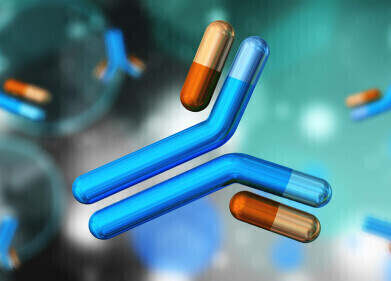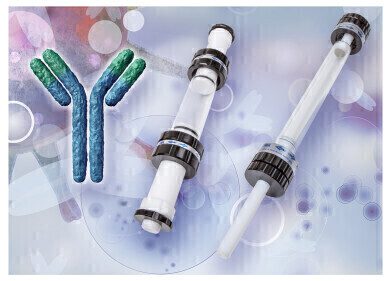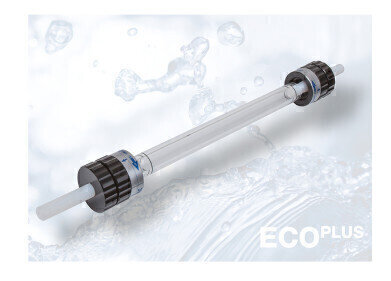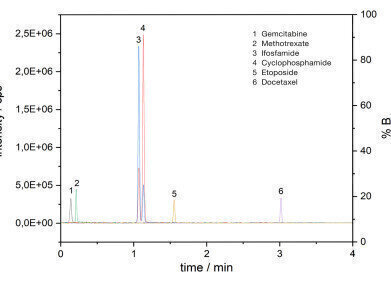Bioanalytical
Fluorescent biosensor could detect chemicals in water
Mar 28 2012
Scientists have developed a fluorescent biosensor that could be used to detect chemicals in water.
New research from scientists at the Pacific Northwest National Laboratory (PNNL) of the Department of Energy used a tiny marine diatom called Thalassiosira pseudonana to develop the biosensor, which changes its glow in the presence of the sugar ribose.
The new technology could lead to developments for sensing chemicals and other objects in water samples. A glassy shell of the diatom is used to embed the fluorescent proteins, which glow when exposed to a specific substance. Researchers will be able to use the technique to solve issues in catalysis, sensing and environmental remediation.
Thalassiosira pseudonana diatom was used by the research team, who introduced genes for its biosensor into the hatbox-like shell. The diatoms generated a protein when the genes were introduced, which acted as the biosensor. The core of this biosensor contains the ribose-binding protein, which can be attached to the sugar ribose.
It was also possible for the team to run the biosensor with the shell alone after it had been removed from the live diatom. This makes the silica biosensor more flexible and useful.
Digital Edition
Chromatography Today - Buyers' Guide 2022
October 2023
In This Edition Modern & Practical Applications - Accelerating ADC Development with Mass Spectrometry - Implementing High-Resolution Ion Mobility into Peptide Mapping Workflows Chromatogr...
View all digital editions
Events
May 15 2024 Birmingham, UK
May 19 2024 Brno, Czech Republic
May 21 2024 Lagos, Nigeria
May 23 2024 Beijing, China
May 28 2024 Tel Aviv, Israel














